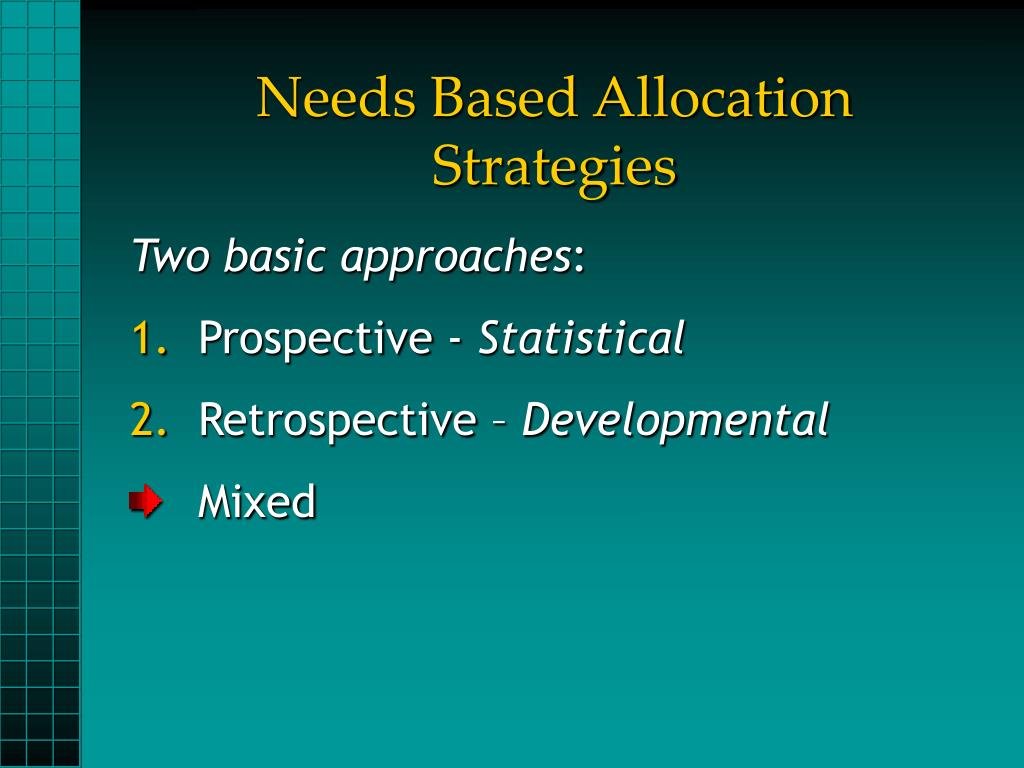Basis Allocation for Mutual Funds and ETFs: A Guide to Making Informed Investment Decisions
Investing in mutual funds and exchange-traded funds (ETFs) has become increasingly popular among individual investors seeking diversification and professional management of their portfolios. These investment vehicles offer a convenient way to gain exposure to a wide range of assets, including stocks, bonds, commodities, and real estate. However, one crucial aspect that investors must consider when evaluating these funds is the basis allocation strategy employed by fund managers.
Basis allocation refers to how fund managers decide which securities or assets to include in their portfolio and in what proportions. This decision-making process plays a significant role in determining the overall risk and return profile of the fund. Understanding the various basis allocation strategies can help investors make more informed decisions about which mutual funds or ETFs align with their investment objectives.
1. Market Capitalization Basis Allocation:
One common basis allocation strategy used by many mutual funds and ETFs is market capitalization weighting. Under this approach, securities are selected based on their market value relative to the total market value of all securities in a specific asset class or index.
For example, an equity-based mutual fund may allocate higher weights to large-cap stocks if they represent a larger portion of the overall stock market’s capitalization. Conversely, small-cap stocks would receive lower weightings due to their smaller size relative to large-cap counterparts.
2. Equal Weighting Basis Allocation:
In contrast to market capitalization weighting, equal-weighted basis allocation assigns an equal percentage allocation across all securities within a particular asset class or index. This approach aims for greater diversification by reducing reliance on any single security’s performance.
Equal-weighted strategies can be attractive for investors seeking exposure across multiple companies rather than relying heavily on just a few large ones dominating their returns.
3. Factor-Based Basis Allocation:
Factor-based investing involves selecting securities based on specific factors such as value, growth potential, volatility, or momentum. Fund managers using factor-based basis allocation will often target securities that exhibit characteristics associated with outperforming the broader market.
For instance, a value-focused mutual fund may allocate more heavily to stocks considered undervalued relative to their fundamental metrics like price-to-earnings ratio or price-to-book ratio. On the other hand, a growth-oriented fund might overweight stocks exhibiting high earnings growth potential.
4. Sector-Based Basis Allocation:
Sector-based basis allocation involves selecting securities based on specific industry sectors rather than market capitalization or other factors. This approach allows investors to concentrate their investments in industries they believe will experience superior performance compared to the overall market.
Investors employing sector-based strategies should be aware of the risks associated with over-concentration and lack of diversification. The performance of sector-based funds is highly dependent on the economic conditions impacting those particular industries.
5. Active vs Passive Basis Allocation:
Another critical decision for investors is whether to opt for actively managed funds or passively managed index funds. Active managers aim to outperform a benchmark index through selective security picking and timing decisions, while passive funds seek only to replicate an index’s performance.
Active management typically employs various basis allocation strategies tailored to achieve superior returns and manage risk effectively. These strategies can include any combination of the previously mentioned approaches depending on the manager’s expertise and investment style.
On the other hand, passive funds generally adopt market capitalization weighting by replicating an underlying index’s composition without active security selection involved.
Choosing between active and passive management depends on individual preferences, risk appetite, costs involved (active management usually incurs higher fees), and belief in a manager’s ability to consistently generate alpha (excess return above a benchmark).
In conclusion, understanding basis allocation strategies employed by mutual funds and ETFs is crucial for making informed investment decisions aligned with your financial goals, risk tolerance, and investment philosophy. Investors must evaluate these strategies alongside other important considerations such as fund fees, historical performance, and fund manager expertise.
While no single basis allocation strategy is superior in all market conditions, having a diversified portfolio across multiple strategies can help mitigate risks associated with any particular approach. It is advisable to consult with a financial advisor or conduct thorough research before investing in mutual funds or ETFs to ensure that the chosen funds align with your investment objectives and risk tolerance.

